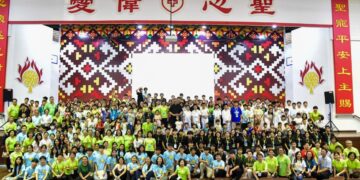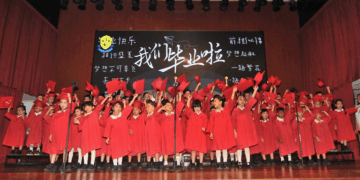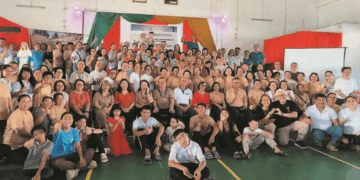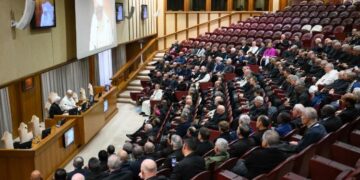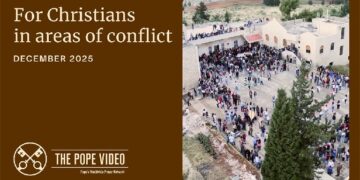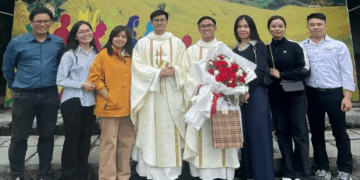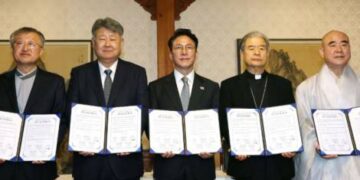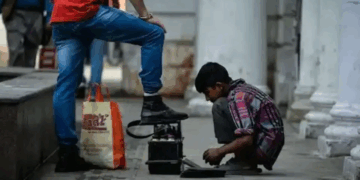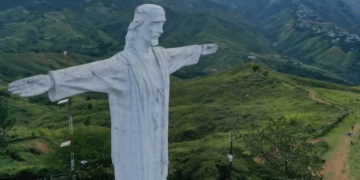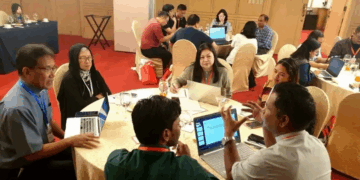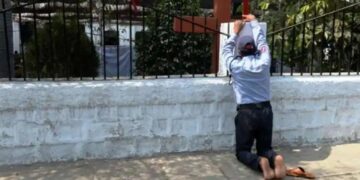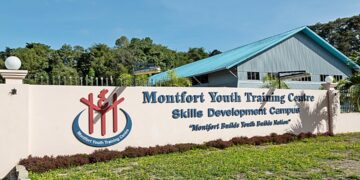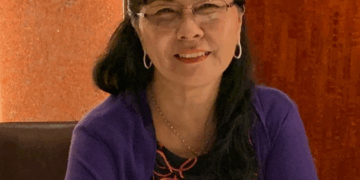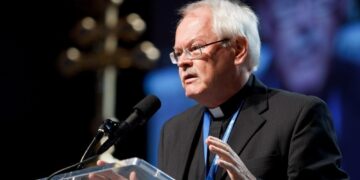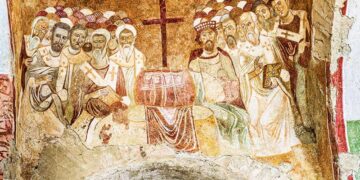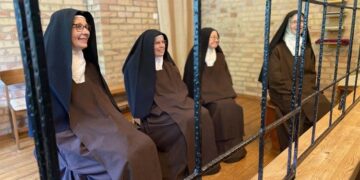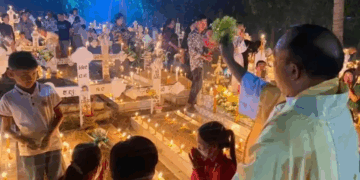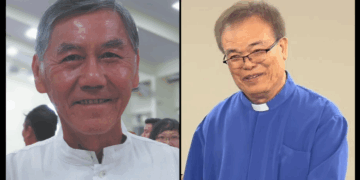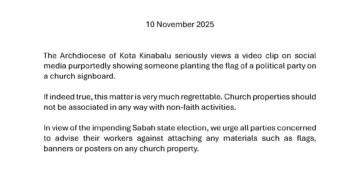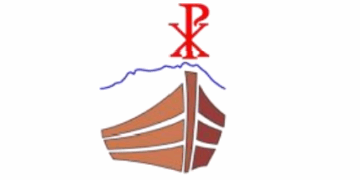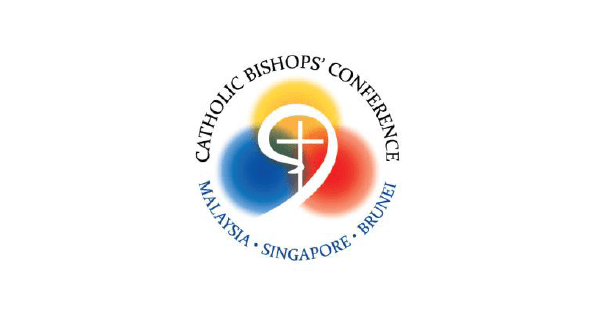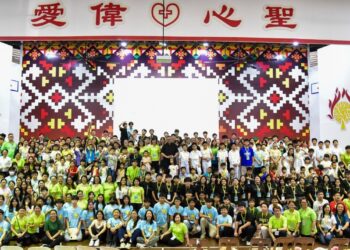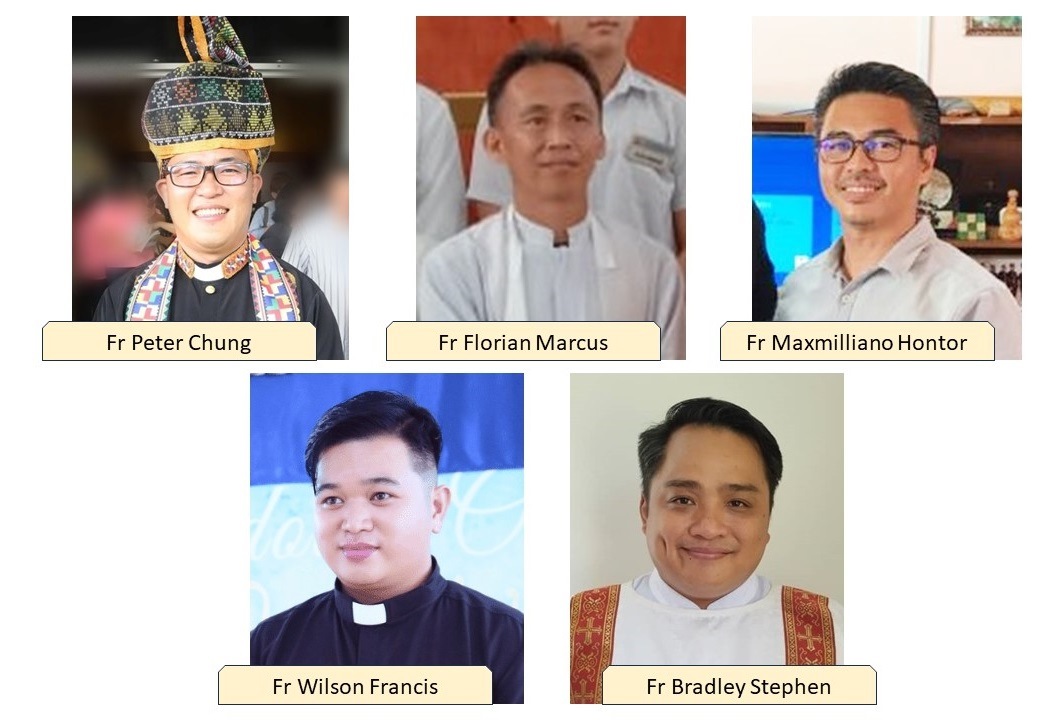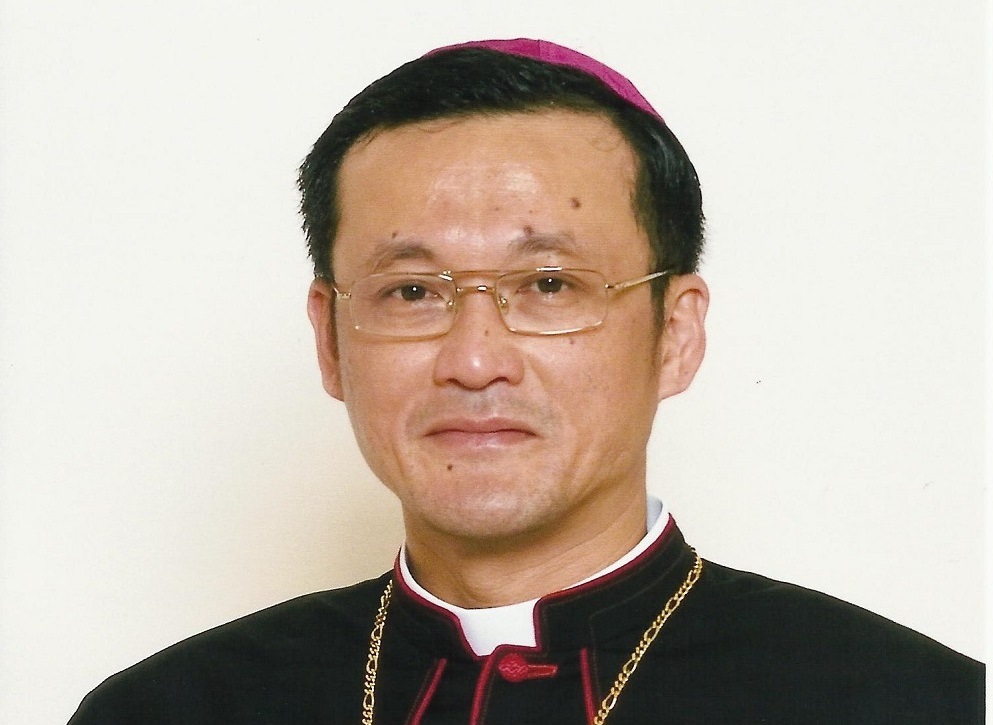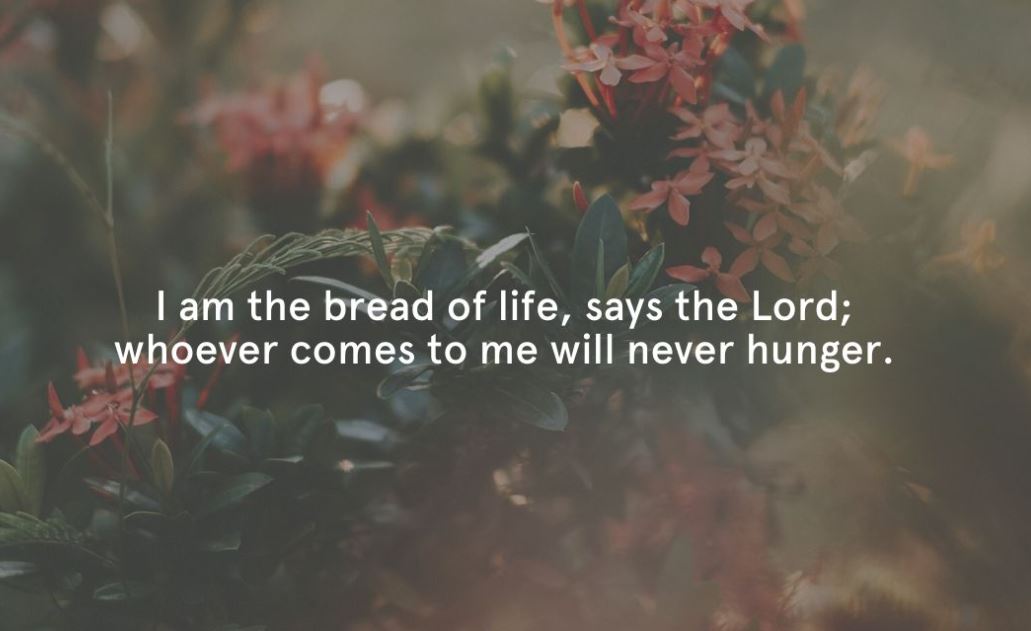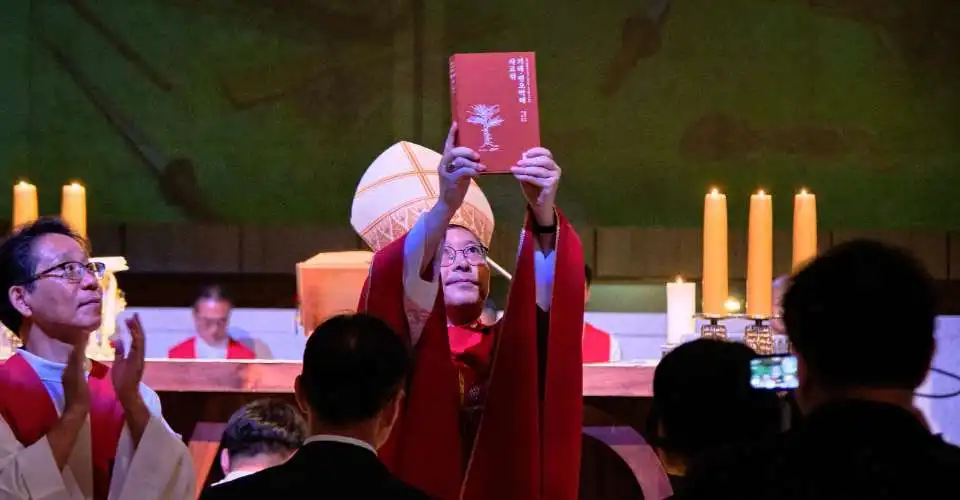
By UCA News reporter
SOUTH KOREA – A Catholic archbishop in South Korea has urged the faithful to reflect on their legacy while inaugurating the centenary celebrations of the beatification of the first Korean martyrs.
Archbishop Peter Soon-taick Chung of Seoul made his remarks during a Holy Mass celebrated at the Seosomun Shrine History Museum on Jul 5, the Seoul Archdiocese said in a press statement released on Jul 7.
“Even in the trials of persecution, they never abandoned their faith in the Lord,” Archbishop Chung said, referring to the first Korean martyrs.
“Their endurance deepened their faith, which ultimately bore fruit as true hope that overcame even death,” Chung emphasized.
More than 1,000 Catholics attended the Holy Mass at Seosomun, considered “the greatest place of martyrdom in the Korean Church,” where 41 of the 79 martyrs were executed.
All 79 Catholics killed in odium fidei (hatred of the faith) during the Gihae (1839) and Byeong-o (1846) persecutions were beatified by Pope Pius XI on Jul 5, 1925, at the Vatican.
The centennial carries “deep significance for the Korean Catholic Church,” the Seoul archdiocese said.
After the Gihae and Byeong-o persecutions, Bishop Jean-Joseph-Jean-Baptiste Ferréol, then the Vicar Apostolic of Korea, compiled an expanded “Journal of the Gihae Year” in 1846.
Translated into Latin by Father Thomas Choi Yang-eop, the document laid the foundation for the process that resulted in the Holy See’s declaration beatifying the martyrs in 1925.
In addition to the 79 martyrs, 24 others were beatified in 1968 by Pope Paul VI. On May 6, 1984, all 103 were canonized together as saints by Pope John Paul II. These 103 individuals are collectively known as the Korean martyrs.
Seosomun served as the official execution ground under the Joseon Dynasty, according to the Seoul Archdiocesan website.
Between the Sinyu (1801) and Byeongin (1866) persecutions, Seosomun served as a place of execution for countless Catholics.
The persecution against Christians in Korea began in 1791 as the Buddhist rulers perceived Christianity as an alien faith when compared to Buddhism, which is strongly influenced by Confucianism.
An estimated 10,000 Korean Catholics were killed for their faith in various bouts of persecution that lasted about 100 years.
During the Mass, the Seoul Archdiocesan Martyrs Elevation Committee released a new compilation titled The Documentation of the Gihae and Byeong-o Persecutions.
Chung stated that the report was the first one with “historical facts from official records” on the persecutions.
The report has been created by carefully extracting, translating, and compiling data, “rather than relying solely on testimonies,” Chung said.
“Even though these were records written by the persecutors, the courageous faith and deep conscience of the martyrs stand out all the more clearly within them,” Chung added.
The report aims to honor the memory of the martyrs and to support continued research into Korean Church history, Seoul Archdiocese said.
It contains data from the official documents such as the “Annals of the Joseon Dynasty,” the “Diary of the Royal Secretariat,” and the “Declaration of the Office of Military Affairs,” Vatican’s missionary news service, Fides, reported.
The committee’s report has been compiled based on communications and reports exchanged between the Ministry of Justice and the Police Office, “which differentiates it from existing historical materials,” Fides reported.
The report focuses on the testimonies of those who lived during the Gihae and Byeong-o periods and includes original classical Chinese texts alongside Korean translations.
The aim is to make the data on the martyrs “accessible both to scholars and to the wider Catholic community,” the Seoul archdiocese said.
Following the Holy Mass, a special exhibition titled “Anima Mundi – Souls of the World” was inaugurated at the Seosomun Shrine History Museum.
The Latin phrase Anima Mundi, meaning “soul of the world,” refers to the museum of ethnological art and artefacts in the Vatican City.
The exhibition, which ends on Sep 14, commemorates the centenary of the 1925 Vatican Missionary Exhibition.
A major share of the artwork and artefacts are from the Missionary Exposition organized by Pope Pius XI on the occasion of the Jubilee of 1925.
The exhibition from Dec 24, 1924, to Jan 9, 1926, received more than a million visitors and gained great critical acclaim, according to the Vatican Museums website.
The collection from the Missionary Exposition later evolved into today’s Anima Mundi Ethnological Museum.
The ongoing exhibition in Seosomun is a reconstruction of the original 1925 “Joseon Pavilion,” and features over 270 artifacts gathered from 16 Korean museums and monasteries.
The exhibition also includes items loaned by the Vatican’s Ethnological Museum.
Visitors were offered a rare glimpse into how Korea presented its cultural and spiritual heritage to the world a century ago, the Seoul archdiocese said.
“The exhibition also encouraged reflection on how respect, dialogue, and peaceful coexistence among nations remain as essential today as they were in the time of Korea’s early witnesses of faith,” the Seoul archdiocese added. – UCA News

